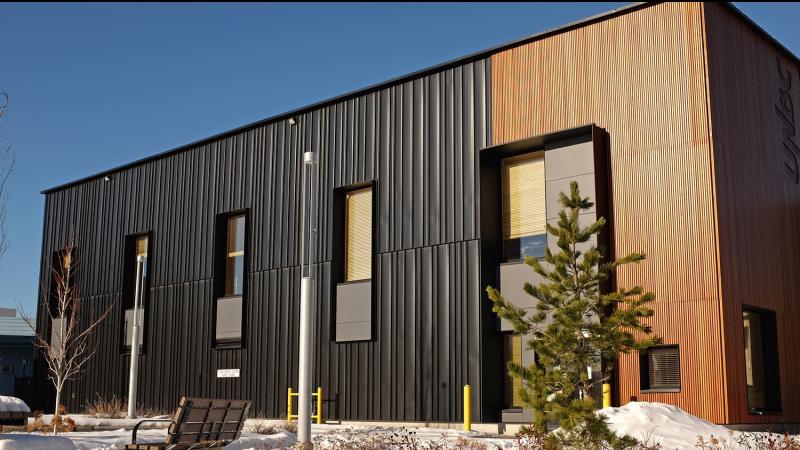
Wood innovations keep downtown Prince George buildings toasty during cold snap
PRINCE GEORGE — The City of Prince George and the University of Northern British Columbia (UNBC) say a recent cold snap proved just how effective wood can be to keep buildings warm, and energy-efficient.
In a joint release with the City, UNBC says its Wood Innovation Research Lab is considered to be one of the most energy-efficient buildings of its kind in the world. The lab is built almost entirely out of wood, and when temperatures dropped to almost -40 degrees overnight last week, it easily withstood the cold.
“Over the course of the first two weeks in February, when temperatures fluctuated between -1 and -37 degrees Celsius in Prince George, the heating demand in the Wood Innovation Research Lab only fluctuated 3.5%. We barely noticed any change at all,” says UNBC Facilities Director David Claus. “In comparison, when the temperatures got really cold, the heating demand for the main campus buildings doubled.”
The release notes that despite being nearly 10,000 square feet, the lab’s heating bill is about the same as a 1,600 square foot house.
